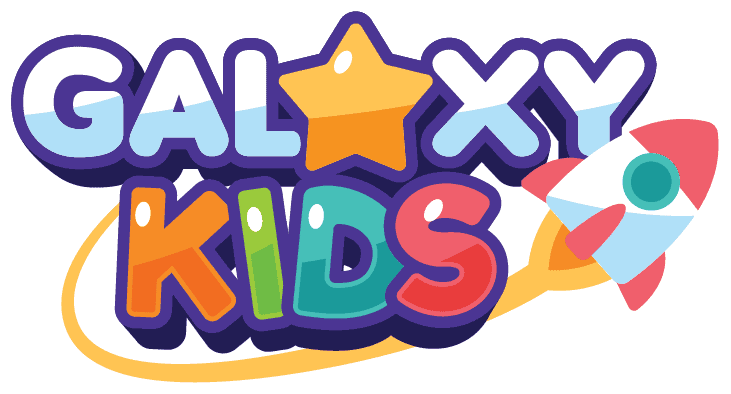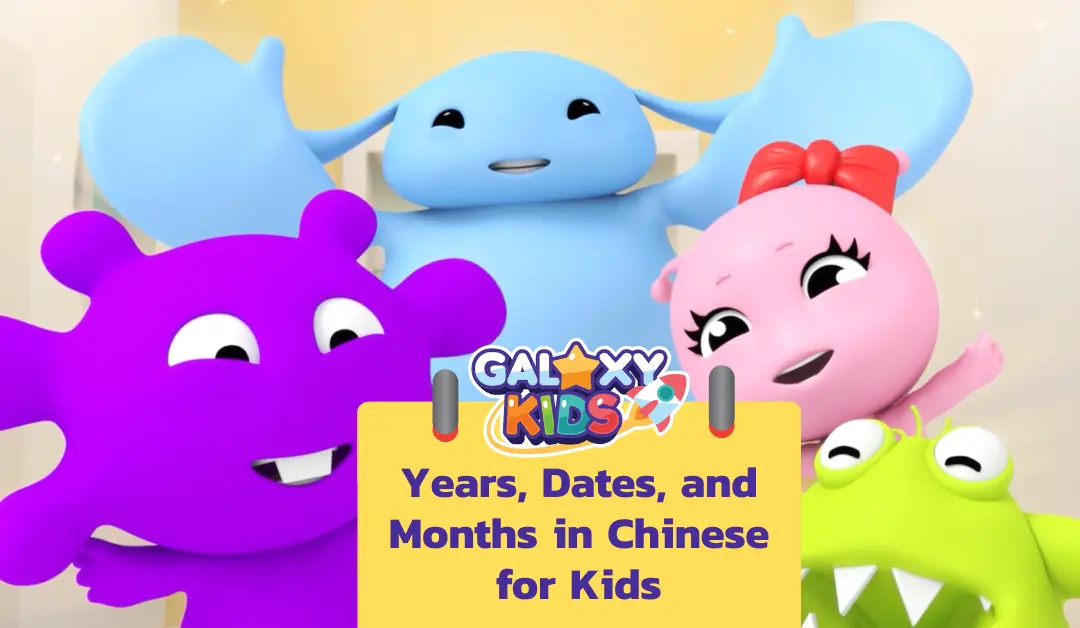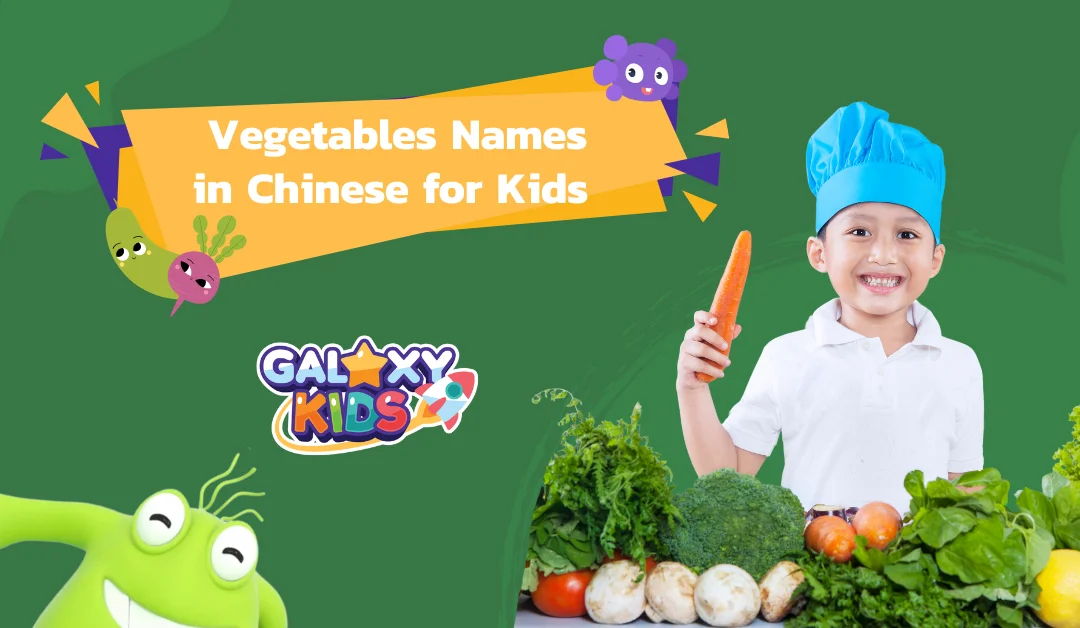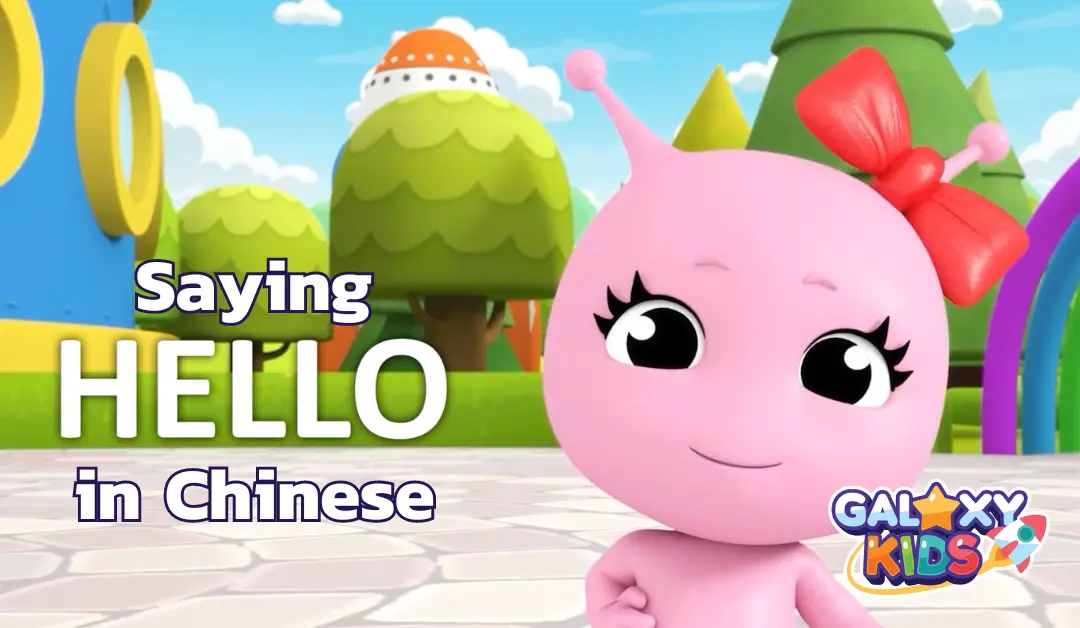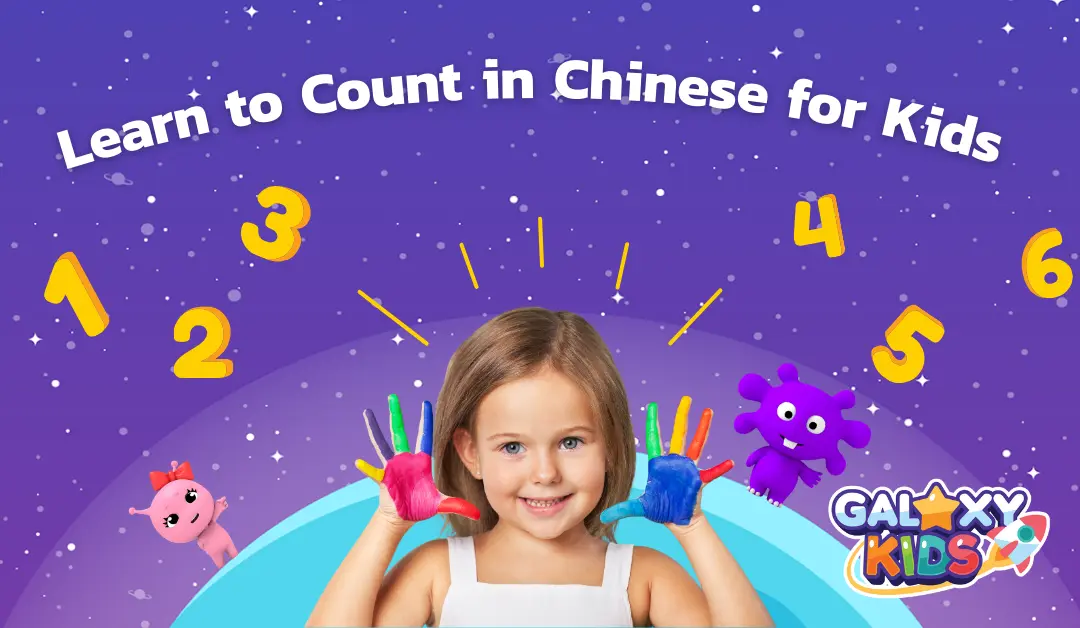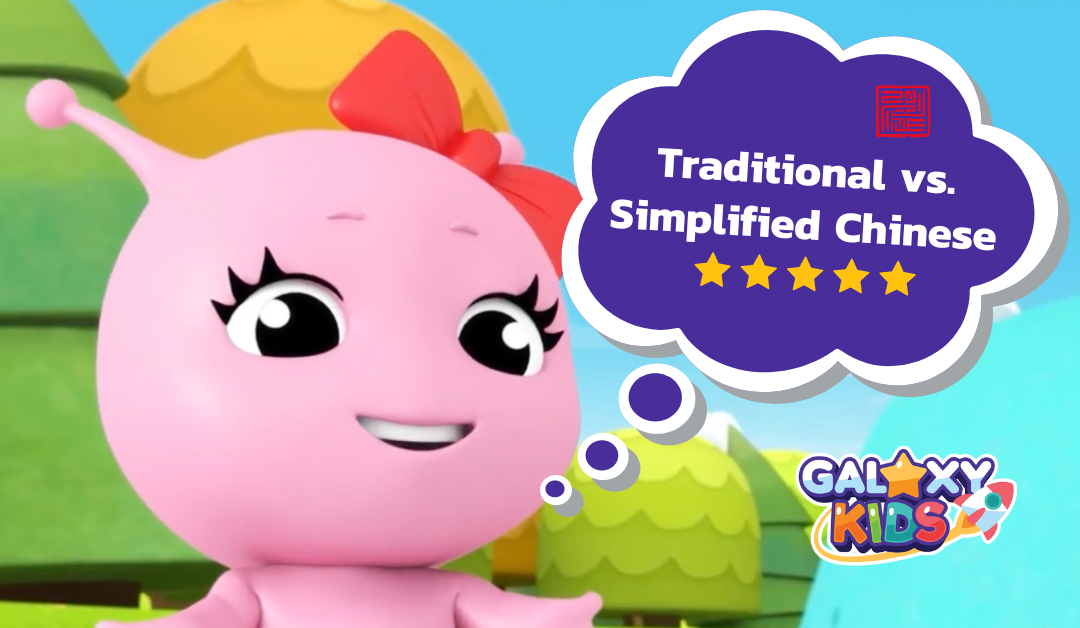Learning how to communicate dates in a new language can be both a fun and practical skill for children. Understanding the concepts of years, months, and dates in Mandarin Chinese is essential. This comprehensive guide combines insights from several sources to make learning these concepts in Mandarin easier and more accessible for kids.
Introduction to Dates and Times in Mandarin
Navigating through the calendar in Mandarin requires familiarity with the Chinese lunar calendar, the solar Gregorian calendar used globally, and how dates are structured in the language. Starting with the basics, we’ll explore how to say the year in Mandarin, move through months in Mandarin, and finally, tackle the dates in Mandarin, ensuring young learners can confidently talk about time in Chinese.
Years in Chinese
How to Say Year in Chinese
The word for “year” in Mandarin is 年 (nián). When talking about years in Chinese, it’s straightforward: simply add the number of the year in front of 年. For example:
1993 一九九三年 (yī jiǔ jiǔ sān nián)
2020 二零二零年 (èr líng èr líng nián)
2025 二零二五年 (èr líng èr wǔ nián)
It’s a great starting point to practice numbers in Mandarin and understand how to write years in Chinese, making it an essential skill for young learners.
How to Say Year in Chinese
Months of the Year in Chinese
Each month in Mandarin is numbered and followed by the word 月 (yuè), meaning “month.” For example:
January 一月 (yī yuè)
February 二月 (èr yuè)
March 三月 (sān yuè)
April 四月 (sì yuè)
May 五月 (wǔ yuè)
June 六月 (liù yuè)
July 七月 (qī yuè)
August 八月 (bā yuè)
September 九月 (jiǔ yuè)
October 十月 (shí yuè)
November 十一月 (shí yī yuè)
December 十二月 (shí èr yuè)
This simplicity makes learning the months in Chinese incredibly accessible for kids, who can easily grasp the sequence with a bit of practice.
Dates in Chinese
Chinese Date Order and Format
Diving into dates in Mandarin, children will discover that the Chinese dates format follows a logical order: year, month, then day. This differs from the format used in some other countries but aligns with international standards, making it a valuable lesson in cross-cultural communication.
For example:
Jan 1 1月1日 (yī yuè yī rì)
May 20 5月20日 (wǔ yuè èr shí rì)
Nov 11 11月11日 (shí yī yuè shí yī rì)
The terms for “month” and “day” in Mandarin are 月 (yuè) and 日(rì) or 号 (hào), respectively. The latter, 号 (hào), tends to be used more in everyday conversations, offering a practical tip for kids mastering daily Mandarin communications.
Practicing Dates in Mandarin
To help familiarize children with expressing dates in Mandarin, let’s consider a few practice examples:
July 4, 2022 2022年7月4日 (èr líng èr èr nián qī yuè sì rì)
January 1, 2023 2023年1月1日 (èr líng èr sān nián yī yuè yī rì)
December 25, 2024 2024年12月25日 (èr líng èr sì nián shí èr yuè èr shí wǔ rì)
To help kids grasp how to articulate dates in Mandarin:
- Begin with stating the year.
- Proceed by mentioning the month.
- Conclude with stating the day.
Writing Dates in Chinese
When writing dates in Chinese, using the correct characters for numbers and familiarizing oneself with the date in Chinese structure is crucial. Practice exercises that involve organizing events or birthdays according to the Chinese date format can be particularly helpful for young learners.
Embracing the Calendar in Mandarin Chinese
Through mastering how to say year in Chinese, recognizing months in Mandarin, and formatting dates in Chinese, kids not only enhance their linguistic abilities but also gain a deeper appreciation for the cultural nuances involved in calendar terminology. The system’s logical structure, combined with consistent practice, can make learning these concepts an achievable and rewarding adventure.
With resources like this guide, children are equipped to navigate through dates and times in Mandarin, enriching their understanding of the language and opening up new opportunities for cross-cultural exploration.
If your child is showing an interest in Mandarin Chinese or you’re looking for a fun way to boost their Mandarin Chinese skills, Galaxy Kids is the perfect place to start! Aimed at kids ages 3-8, Galaxy Kids for Chinese makes Mandarin learning fun and effective with animated AI characters, speech recognition, real-time interactions with live teachers, and a collection of interactive tools. Whether it’s through engaging stories, playful songs, interactive games, or educational flashcards, your child will be captivated at every step of their Mandarin learning adventure.
